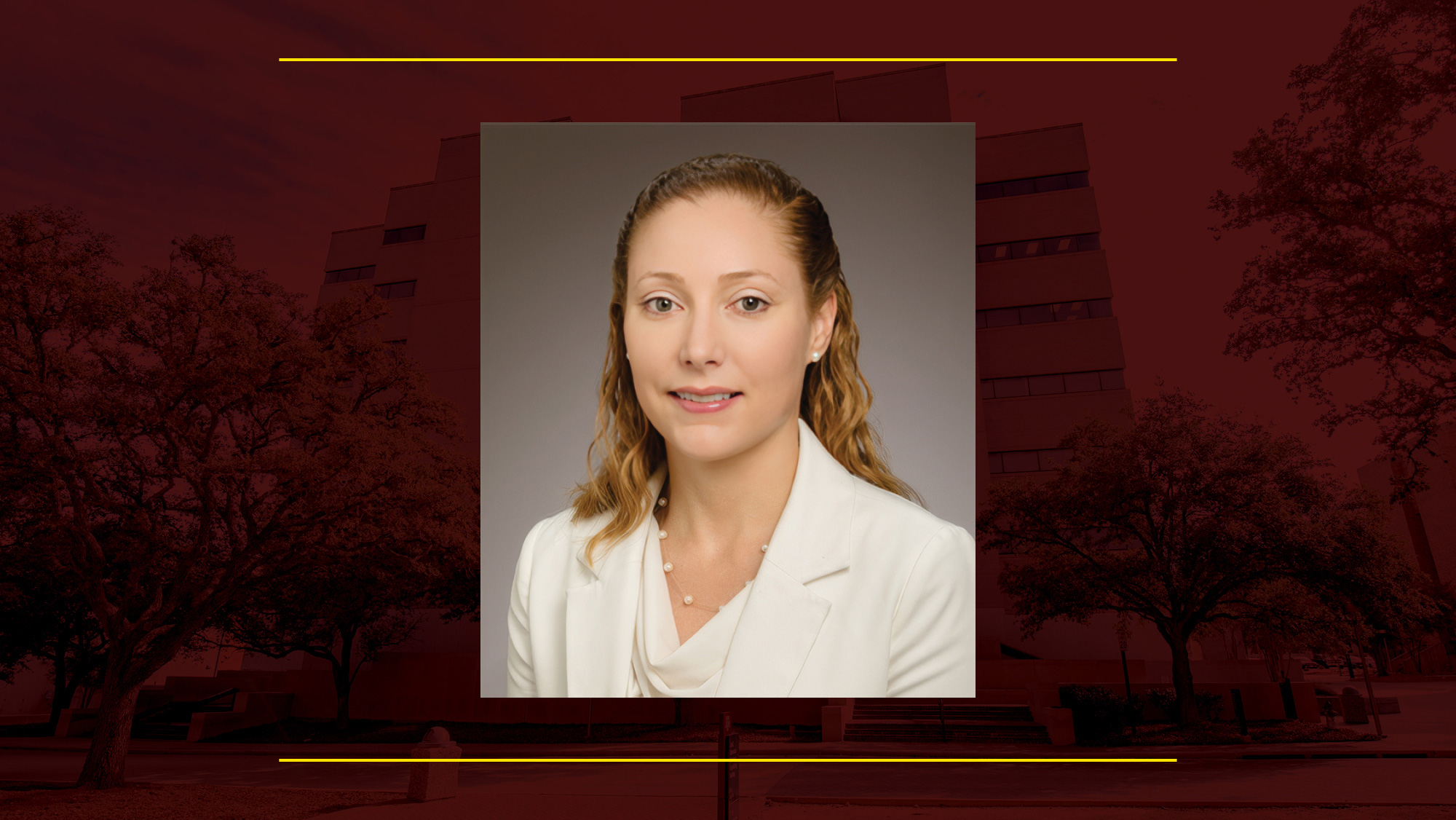
Dr. Robyn Woollands ’16, a former student from the Department of Aerospace Engineering at Texas A&M University, recently received a Young Investigator Program (YIP) award from the Air Force Office of Scientific Research (AFOSR). She is among only 48 scientists and engineers awarded this year.
The AFOSR is awarding approximately $21.5 million in grants this year for YIP, and each recipient will receive a three-year grant of up to $450,000. To be eligible for the award, individuals must have received a Ph.D. or equivalent degree in the last seven years and show exceptional ability and promise for conducting basic research relevant to the Department of the Air Force.
"Receiving the YIP award is a great honor. The funding it provides will allow my research group at the University of Illinois Urbana-Champaign to engage in challenging and exciting research to solve important problems for future cislunar space missions,” said Woollands.
Woollands’ YIP award will support her proposal titled “Picard-Chebyshev Methods for Long Duration Propagation in Chaotic Dynamical Systems,” which she submitted under the astrodynamics research discipline. This was the first year AFOSR offered astrodynamics as a selection for the YIP funding opportunity.
The adaptive Picard-Chebyshev mathematical methods we will develop during this research effort will allow for accurate and efficient prediction of spacecraft positions between the Earth and the Moon decades into the future.
“The adaptive Picard-Chebyshev mathematical methods we will develop during this research effort will allow for accurate and efficient prediction of spacecraft positions between the Earth and the Moon decades into the future,” she explained.
As commercial interest in the region between the Earth and the moon, known as cislunar space, continues to increase, so will the number of orbiting spacecraft.
“One of the challenges of space operations in cislunar space is that the volume of space is two to three orders of magnitude larger than that of the lower Earth orbit,” Woollands said. "This makes tracking and identification of objects challenging."
In addition to developing Picard-Chebyshev methods for long-term propagation of spacecraft trajectories for AFOSR, Woollands and her students are also working on novel techniques for generating optimal spacecraft trajectories for agents undertaking On-orbit Spacecraft Assembly and Manufacturing (OSAM) activities.
Receiving the YIP award is a great honor. The funding it provides will allow my research group at the University of Illinois Urbana-Champaign to engage in challenging and exciting research to solve important problems for future cislunar space missions,
“OSAM activities will not only extend the operational lifetime of space assets, but they will also enable the construction of the next generation of space observatories that are too large to be put in a spacecraft fairing,” said Woollands.
Woollands received her bachelor’s degree in physics and master’s degree in astronomy from the University of Canterbury in New Zealand. She also received a master’s degree in aerospace engineering from the University of Minnesota. Woollands then completed her Ph.D. in aerospace engineering at Texas A&M, where she was advised by Dr. John Junkins, distinguished professor of aerospace engineering and regents professor. She is now an assistant professor at the University of Illinois Urbana-Champaign, where she leads the Space Situational Awareness and Space Sustainability research group.
Before her university position, Woollands was a mission design engineer at NASA’s Jet Propulsion Laboratory (JPL) for nearly four years, where she was part of the navigation team for the Mars Reconnaissance Orbiter and JAXA’s Hyabusa2 mission’s return phase. While at JPL, Woollands was also the principal investigator on a research project focused on the development of low-thrust trajectory optimization tools. Her expertise extended to trajectory design for the Europa Lander mission concept, and she was involved in studies pertaining to a Mars-oriented cubesat constellation mission.